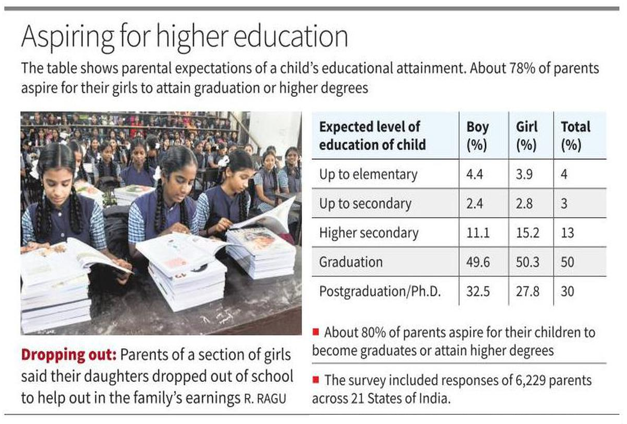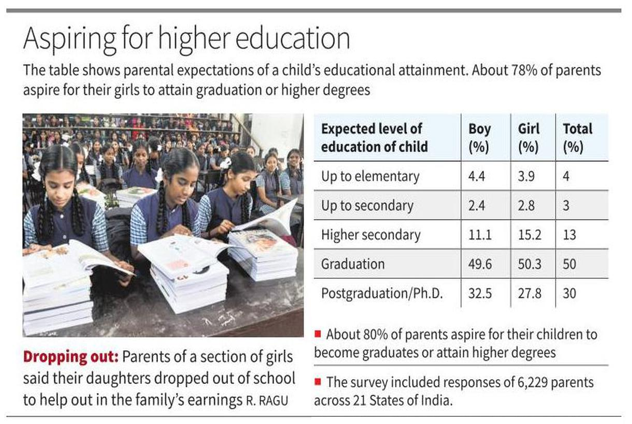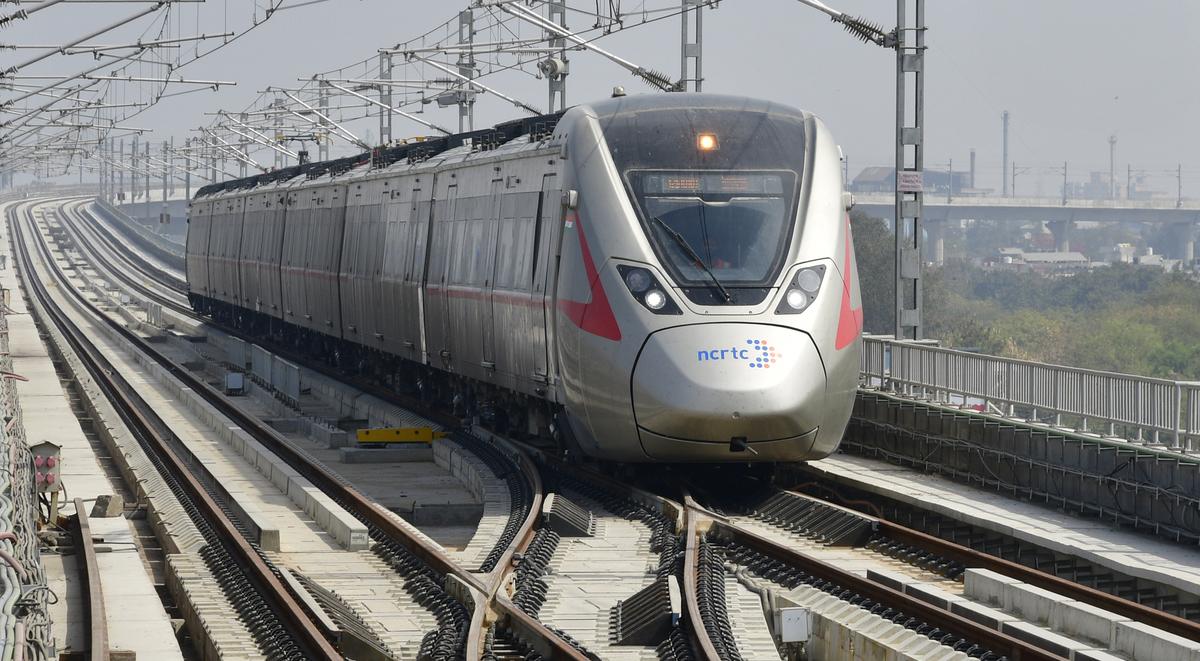- Courses
- GS Full Course 1 Year
- GS Full Course 2 Year
- GS Full Course 3 Year
- GS Full Course Till Selection
- Online Program
- GS Recorded Course
- NCERT (Recorded 500+ Hours)
- Polity Recorded Course
- Geography Recorded Course
- Economy Recorded Course
- AMAC Recorded Course
- Modern India, Post Independence & World History
- Environment Recoded Course
- Governance Recoded Course
- Science & Tech. Recoded Course
- International Relations and Internal Security Recorded Course
- Disaster Management Module Course
- Ethics Recoded Course
- Essay Recoded Course
- Current Affairs Recoded Course
- CSAT
- 5 LAYERED ARJUNA Mentorship
- Public Administration Optional
- ABOUT US
- OUR TOPPERS
- TEST SERIES
- FREE STUDY MATERIAL
- VIDEOS
- CONTACT US
State of Elementary Education in Rural India 2023
State of Elementary Education in Rural India 2023
09-08-2023

Latest Context:
Recently, the Ministry of Education (MoE) released a report titled “State of Elementary Education in Rural India – 2023” which highlights the high usage of smartphones among the students.
Key findings of the report are:
- Around 49% of the surveyed students have access to smartphones. While, 76.7% of parents says that their children’s primarily use smartphones for playing video games rather than for educational activities.
- The smartphone access varies across different class levels. Students of higher classes (Class VIII and above) have high access to smartphones (58%), while younger students (Classes I–III) have less access (42%).
- Around 78% of parents have desire that their children should attain graduation-level education or above.
- Just 40% of parents have daily conversations with their children regarding their school education.
- In case of girls, almost 37% of parents says that the need to contribute to family earnings led to their daughters dropping out of education.
- In case of boys, the primary reason for dropping out was a lack of interest in studies.

What are the challenges in front of elementary education in rural India?
- Infrastructure and Facilities: Many rural schools lack proper infrastructure, including classrooms, toilets, clean drinking water, and playgrounds. This makes the learning environment less conducive to effective education.
- Teacher Shortage and Quality: Rural areas often struggle with a shortage of qualified teachers. The available teachers might not have proper training, and their commitment to teaching can vary. This affects the quality of education delivered to students.
- Student Attendance and Dropouts: High rates of student absenteeism and dropouts are common in rural areas due to factors like poverty, child labour, and lack of awareness about the importance of education.
- Language Barrier: Many rural students do not speak the language of instruction (often English) as their first language. This language barrier can make it difficult for students to grasp concepts and hinder their overall learning progress.
- Lack of Teaching Resources: Rural schools often lack access to teaching materials such as textbooks, educational technology, and other resources that can enhance the learning experience.
- Gender Disparities: Gender bias can impact access to education, especially for girls. Social norms and economic pressures can lead to lower enrolment and higher dropout rates for girls.
- Parental Involvement and Awareness: Lack of awareness about the benefits of education and limited parental involvement in the education of their children can contribute to poor attendance and learning outcomes.
- Limited Digital Literacy: As education becomes more digitally oriented, the lack of access to technology and digital literacy skills in rural areas can create a significant gap in learning opportunities.
- Quality of Curriculum and Pedagogy: The curriculum may not always be relevant to the needs of rural students, and teaching methods might not align with the students' learning styles and capabilities.
- Distance and Accessibility: In many cases, students in rural areas have to travel long distances to reach schools. Poor transportation infrastructure can further hinder their access to education.\
- Lack of Up-to-date Information: Schools in rural areas might not receive timely information about educational policies, updates, and best practices, which can hinder their ability to adapt and improve.
Conclusion and Way Forward:
Addressing these challenges requires a comprehensive approach involving government initiatives, community involvement, investment in teacher training and resources, innovative teaching methods, and targeted efforts to improve awareness about the importance of education in rural communities.
Must Check: IAS Coaching Centre In Delhi


